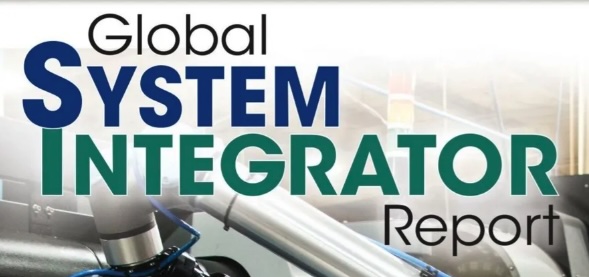Systems integration requires highly trained individuals to execute detailed, complex protocols, but they also need to be flexible.

The historian Edmund Gibbon in his Decline and Fall, speaks of a field general who “transported his person to the scenes of danger,” or, as in a chess game, to the points of greatest tension.
And that’s what systems integrators do. Systems integration brings together for a one-time event a menu of role-defined individuals to execute a project in a constrained environment that requires highly trained individuals to execute detailed, complex protocols. At the same time, flexibility may be the group’s mostly highly prized individual behavior. Talk about wearing two hats.
It’s possible to wax rhapsodic on the topic of systems integration because histo- ry’s most renowned military and scientific engineering breakthroughs were all case studies in systems integration. The Global System Integrator Report’s narrative may take place on a smaller scale. But if you think about it, even the grandest decisions are influenced by the dynamics of small work groups.
Coverage and content
The System Integrator of the Year program selects winners in three categories defined by annual SI-related revenues: small, medium and large. Coverage includes some relevant comments by engineering managers at the winning companies on current issues that SIs and those who partner with them are sure to find of interest.
Extensive case study coverage based on a wide solicitation from integrator companies includes more than a dozen examples, including digital-only coverage. Other editorial features mirror the issues addressed by the System Integrator of the Year winners, including the critical relationship between the information and operations technology functions, growing supply chain complexity and 21st century project management ways and means. Finally, a good number of the case studies address robotics applications.
Of course, many of the case studies talk about the familiar combination of PLCs and supervisory control, but today’s SCADA environments keep pace with
“Systems integration brings together for a one-time event a menu of role-defined individuals to execute a project in a constrained environment that requires highly trained individuals to execute detailed, complex protocols.technology’s most current advances, including edge and cloud, enterprise integration and growing use of analytics and artificial intelligence.



